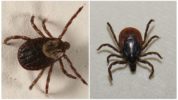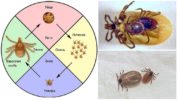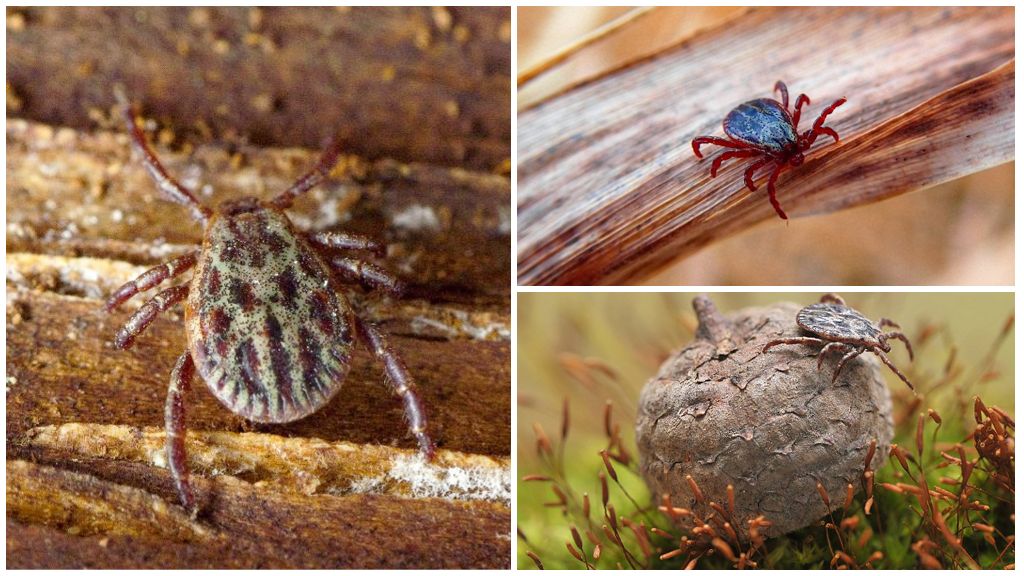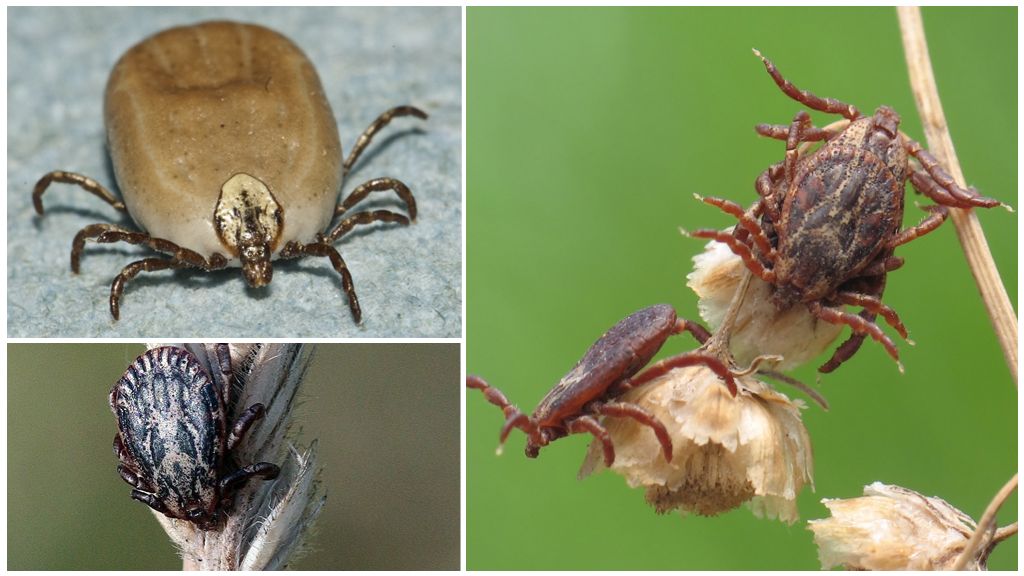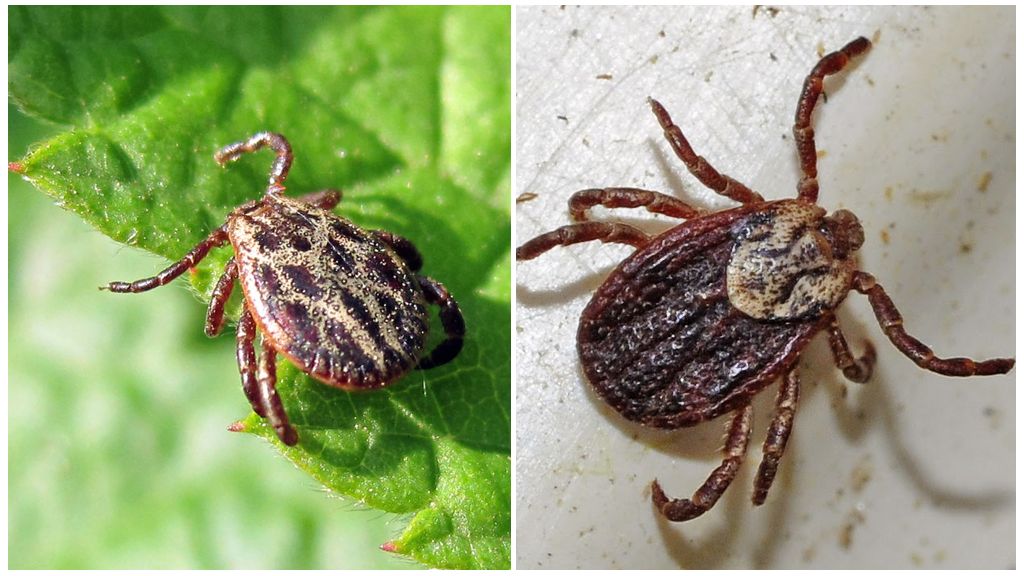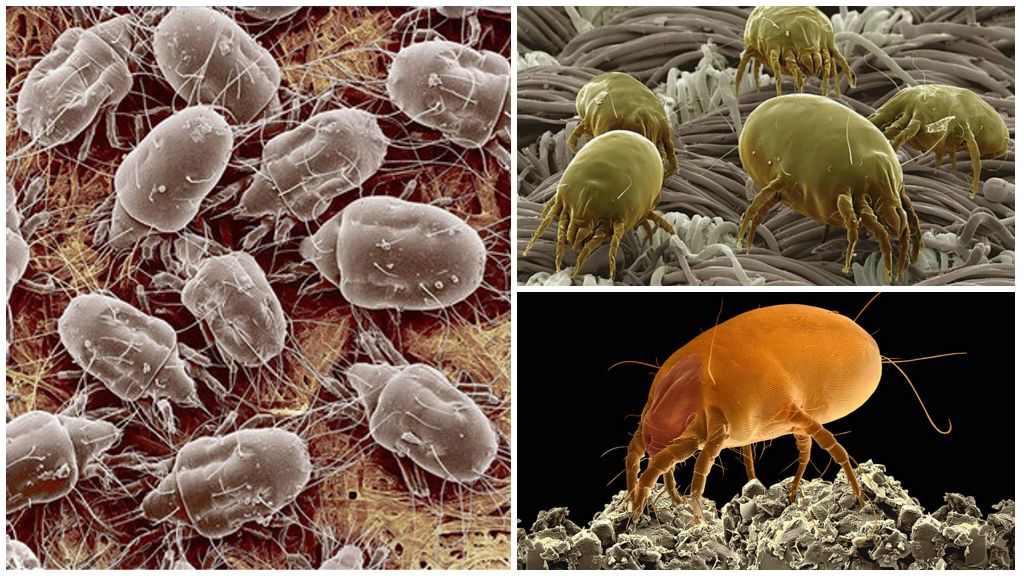- Mite
- Tick Life Cycle
In science, such a thing as a “black tick” does not exist. This is one of the varieties. ixodid ticks. Known for their ability spread dangerous diseases - tick-borne encephalitis, Lyme disease or borreliosis. A brown tick with dark stains on the abdomen lives in the forest, feeds on the blood of animals, birds, and humans. As food arrives, the color changes. From a brown tick turns into black-red, black, brown.
Photo and description
About 60 species of ixodid ticks are known. Differ in color dimensions, forms, but lead an identical lifestyle. A small black tick in a hungry state reaches 3-5 mm. It has a dark abdomen with brown stains, 4 pairs of thin black legs with suction cups.
On a note!
During nutrition, the abdomen expands, rounds, changes color. If we consider a parasite that has just drunk blood, it is dark red. After a while, in the process of digesting food, the arachnid becomes red-black. In a hungry parasite, the carapace is dense, black, the body is flattened.
A microscopic-sized head with a piercing-sucking mouth apparatus. After a bite, a black-footed mite sticks the head under the skin, starts feeding. In this position, it stays from several hours to 12 days. Depends on age, gender. The most bloodthirsty females. Abdomen sticks out over the skin of a person, which is constantly rounded, increases in size, changes color, 4 pairs of small legs. How the black tick looks can be seen in the photo below.
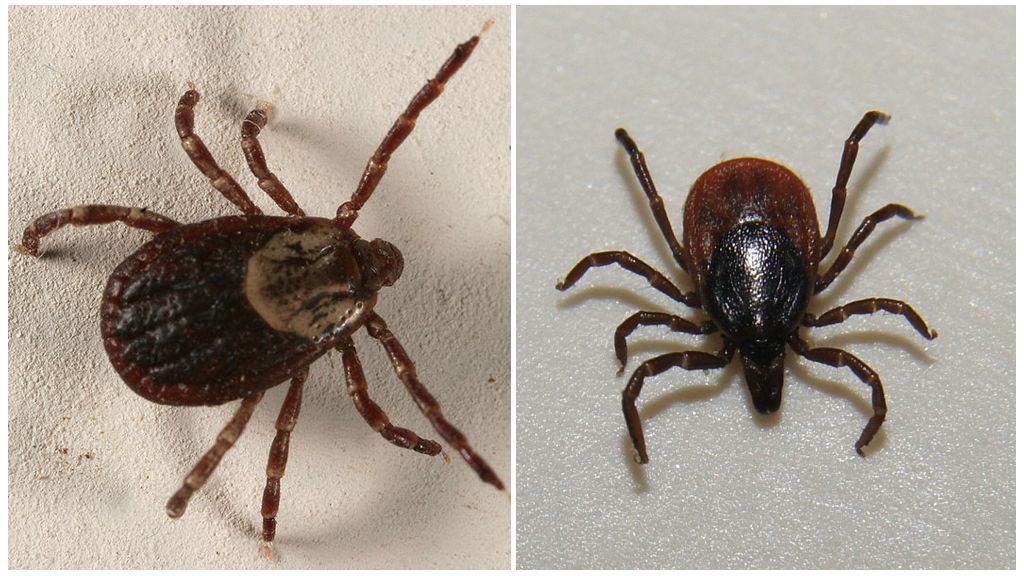
Habitats, life cycle
Forest black tick lives in broadleaf, spruce, mixed forest. It occurs on shrubs near the house, on pastures, meadows, near ponds. Lives in tall grass, on the lower branches of shrubs. It does not rise above ground level above 50 cm. For the development of larvae, a layer of rotten foliage is required.
A tick in the speck or completely black starts be active in March, disappears at the end of October with a persistent decrease in temperature indicators. In spring, a young generation of males and females mates, after which females need to drink blood. Protein is needed to form eggs in her body.
The victims of ticks are wild animals, birds, pets, livestock, as well as humans. But parasites live among the thick fur of animals. It takes several milliliters of blood to saturate the males; they disappear after a few hours. Females are able to stay on the victim's body for up to 12 days.
Having fully satiated, having gained strength, the female of the black-red tick falls to the ground, lays eggs under the decayed foliage, she soon dies. For all time, ticks go through 4 stages of the life cycle - an egg, larva, nymph, imago, changes 3 hosts.

- From spring eggs appear larvae. Their size does not exceed 2 mm. Find a victim - rodents, birds, eat for several days, fall off.
- In the earth they molt, turn into a nymph. They hibernate. In the spring, they look for a victim - rodents, birds, wild animals, animals, humans. Falling to the ground again, turning into an imago.
- The young generation of females, males mates. After the next feeding, the female lays eggs, everything repeats.
On a note!
Black ticks are extremely active in warm, humid weather, they like shady places in the forest, at the edge of the forest.
What is dangerous
Us place tick bite allergies of varying degrees of intensity appear. In most cases, swelling, swelling, redness, compactionminor itching. Symptoms go away on their own without special treatment. If wrong parasite extraction under the skin the head remains, proboscis, inflammation, decay begins. Requires wound cleansing, the use of local antibiotics.
Black ticks are distributors of deadly diseases - tick-borne encephalitis, Lyme disease. It is impossible to determine the infected pest by appearance, it is required laboratory examination. Infection of a person is carried out in the process of a bite. The virus enters the bloodstream, affects the central nervous system, brain, spinal cord. If qualified assistance is not provided, paralysis, disability, dementia, and death occur.
